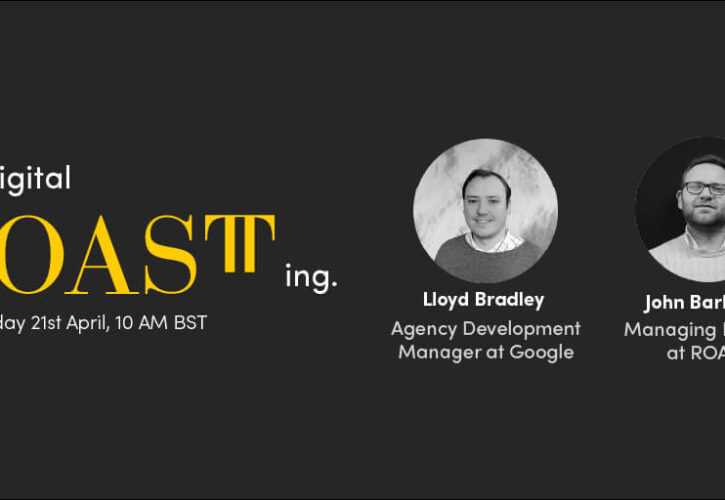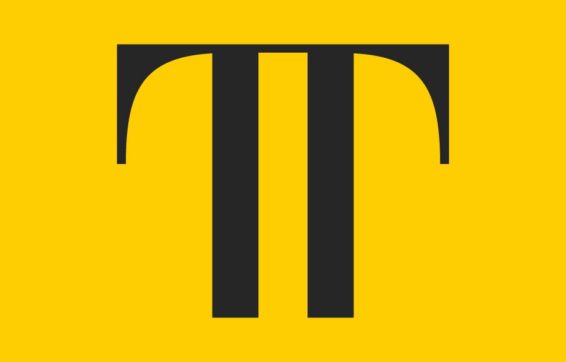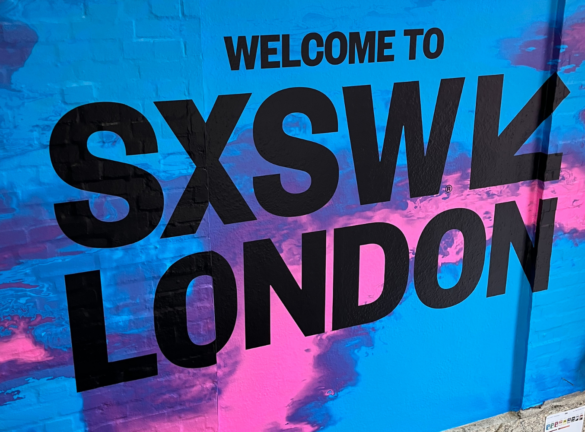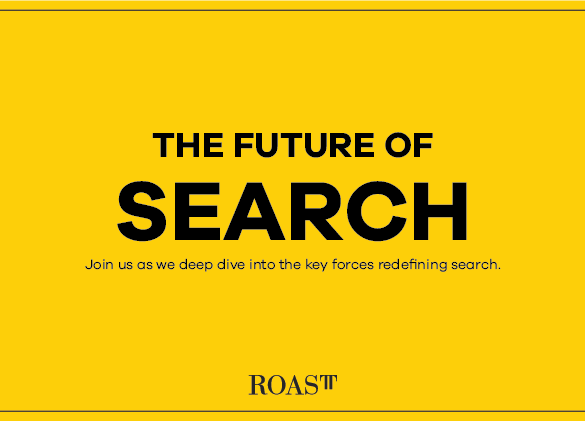
The Digital ROASTing with Google
On Wednesday 21st of April, we sat down for the second instalment of The Digital ROASTing, the series of one-to-one Q&A’s with suppliers, media partners and platforms.
This time, John Barham, Managing Director at ROAST sat down with Lloyd Bradley, Agency Development Manager at Google to discuss tools and advice for search strategies coming out of lockdown, preparing for the phase-out of third-party cookies and providing a key update on the Google platform.
A video of the session is available to watch here, and the key points are summarised below:
John Barham: The key challenge for our clients as the UK emerges from lockdown is how to plan effectively when there is historical data from this period. What resources or data points has Google found to be useful?
Lloyd Bradley: We’ve felt this challenge at Google, the past 13 months have thrown traditional planning elements such as YoY trends and seasonality out of the window, however, it’s also added another pillar of consideration for advertisers: social restrictions.
Advertisers must be flexible and reactive to the micro-peaks in activity that we’re seeing.
In the last 14 days, as the UK has emerged out of lockdown, we’ve already seen a lot of growth coming through verticals such as travel and automotive, demonstrating green shoots for optimism.
Google’s data has also demonstrated that a lot of online habits are remaining sticky.
Observing trends across the last year for online searches and purchasing, we saw that in the Electronics vertical, for instance after the last easing of lockdown in June 2020, online search queries for the electronics category remained flat, signalling that many habits are here to stay.
Another category is Home & Garden, as ‘working from home’ remains and more hybrid models of working have begun to emerge, we expect consumers to continue investing in their homes.
JB: With trends in online purchasing behaviour expected to stay, does Google have any resources that advertisers can use to help them spot upward spikes or trends in their categories?
LB: Of course, there are several tools and resources to help advertisers stay on top of what’s happening in their vertical and the wider industry.
The Insights Page inside Google Ads displays category trends and benchmarks performance against the average in your industry.
We also released Rising Retail Categories which provides real-time insights, especially helpful during these micro-peaks. The tool displays the top 10 categories trending week over week and within those categories, the keywords that are driving query growth.
Google also launched Market Finder, which helps businesses explore new opportunities within search and grow their market share outside of the UK. The tool will help you identify where the opportunity is within different categories.
Considering first-party data, you can get a more robust measurement and targeting strategy by using your own offline conversions to plug into Google Ads. In March, we launched the Google Ads Conversion Import tool which will analyse your website and brand and give you a step by step guide for optimising usage of your first-party data alongside Google’s proprietary data.
JB: Has Google seen an uptake in the usage of their automation solutions within their platforms over the last 12 months?
LB: Yes definitely, 75% of Google’s ad spend now runs through automated bidding, whether through SA360 or Smart Bidding on Google Ads.
Google’s automation technology has come a long way since it first launched. Google has worked with DeepMind to ensure it’s the best-in-class in terms of machine learning technology, and as a result, we’ve seen a real uplift in the usage of our automation technologies.
With improvements in the technology, and the whole host of signals such as device, location, time of day that automation technology considers, it’s now consensus in the industry that you need some form of bidding.
JB: Facing up to the ‘Cookie apocalypse’ in 2022, could you briefly summarise what is actually happening and how can advertisers plan and mitigate risk or change in process or planning?
LB: At the very top level, there have been a few drivers behind this move to remove third-party cookies on Google Chrome: rising consumer expectation of privacy combined with users expectation of a tailored and relevant ad and regulatory changes.
The first action advertisers can take is to ensure they have a durable tagging system, work with your agency or tech partner to ensure your tagging is as durable as possible.
Second, on first-party data, modelling will be a crucial part of planning in terms of lists for remarking and conversions. The more information you give the platform, the more accurate and effective the system can be in measurement and targetting. Brands should work with their CRM provider and agency to figure out how you can make it attractive for customers to provide their data.
Third, work with tech providers to make sure data is consented and secure. Invest in privacy-preserving technology to ensure you have an accurate set of data that is consented and useful to your brand.
JB: What’s going to change in the platform, which elements might be most impacted?
LB: The main thing will be measurement; we’ve been through an era of precise measurement where everything is based on ROAS. With the phase-out of third-party cookies, we will be moving from precision to prediction, based on modelling.
A few tools we have in beta which advertisers can test are Enhanced Conversions and Consent Mode.
JB: Where’s the best place for clients to stay up to date and get updates from Google?
LB: Google Privacy Sandbox is where you can stay up to date with all the developments. It’s a collaborative space where you can see recommendations not only from Google but from agencies and thought leaders in the space.
JB: What other areas should paid search advertisers be focussing on?
LB: Automate where you can, where data from third-party cookies will no longer be available, advertisers will need to lean into automated solutions to optimise effectively and ensure they can tailor their message to the right person, at the right place, at the right time.
Google’s solutions such as DSA, RSA and bidding to value will become even more prevalent.
JB: ROAST recently produced a piece of research on leveraging behavioural biases in PPC ad copy, based on Google’s own research on the “messy middle”. In terms of getting the right message to people who aren’t giving clear intent signals, what else is useful for clients to look out for?
LB: Our research ultimately demonstrated that consumers are willing to switch brands. We found that consumers spend a lot of time in the ‘exploration and evaluation phase before they move onto purchase intent, so its imperative that your brand is telling their brand story and are part of the conversation in the exploration and evaluation phase, ultimately to get your message to the consumer.
Beyond advertising, user experience is key, ensure you have a mobile-first website and are leveraging brand assets such as ratings and reviews to ensure you are amplifying your achievements and keeping your brand front of mind.
Thank you for reading our summary from The Digital ROASTing with Google. If you’d like to continue exploring our events, why not head to our summary of The Digital ROASTing with Microsoft.






